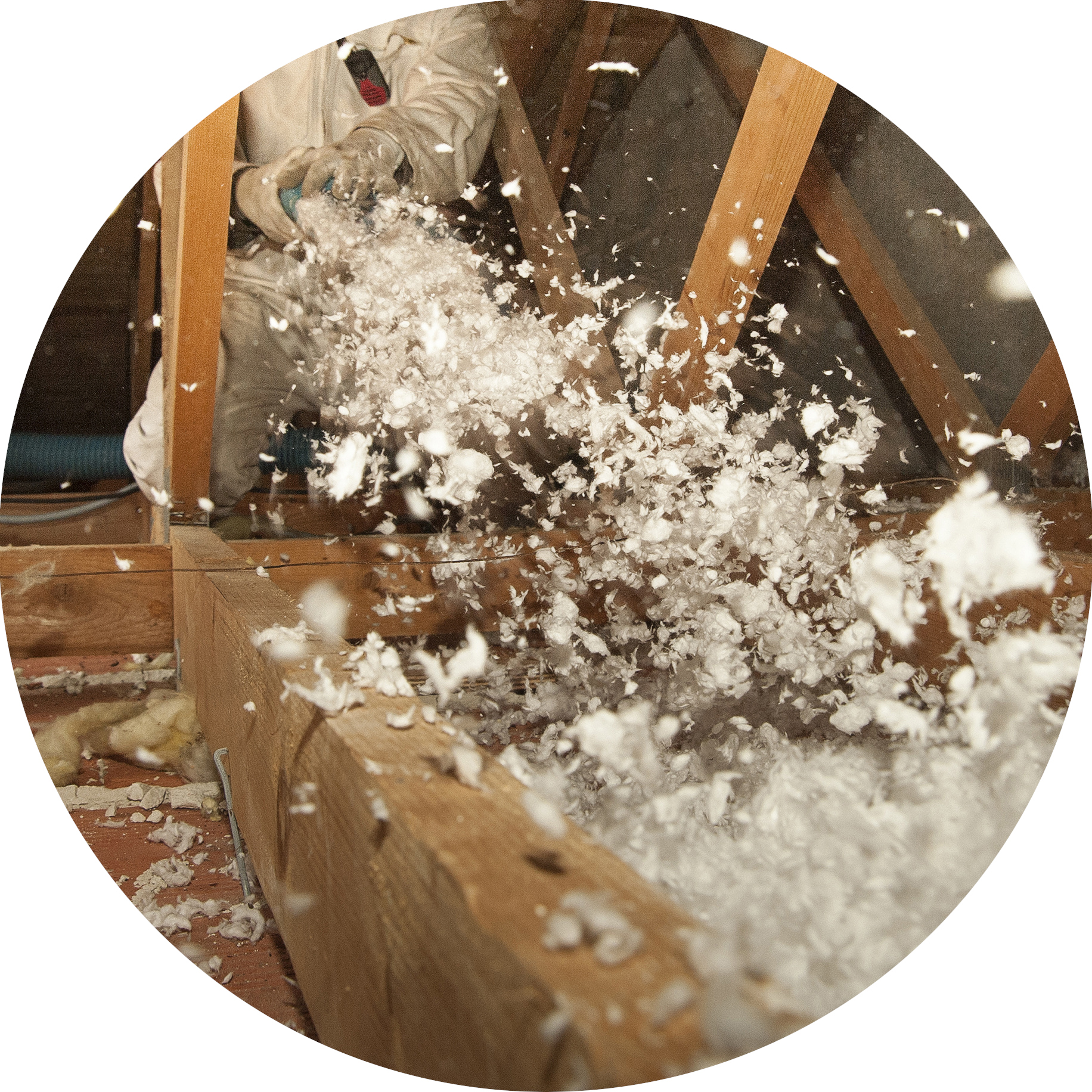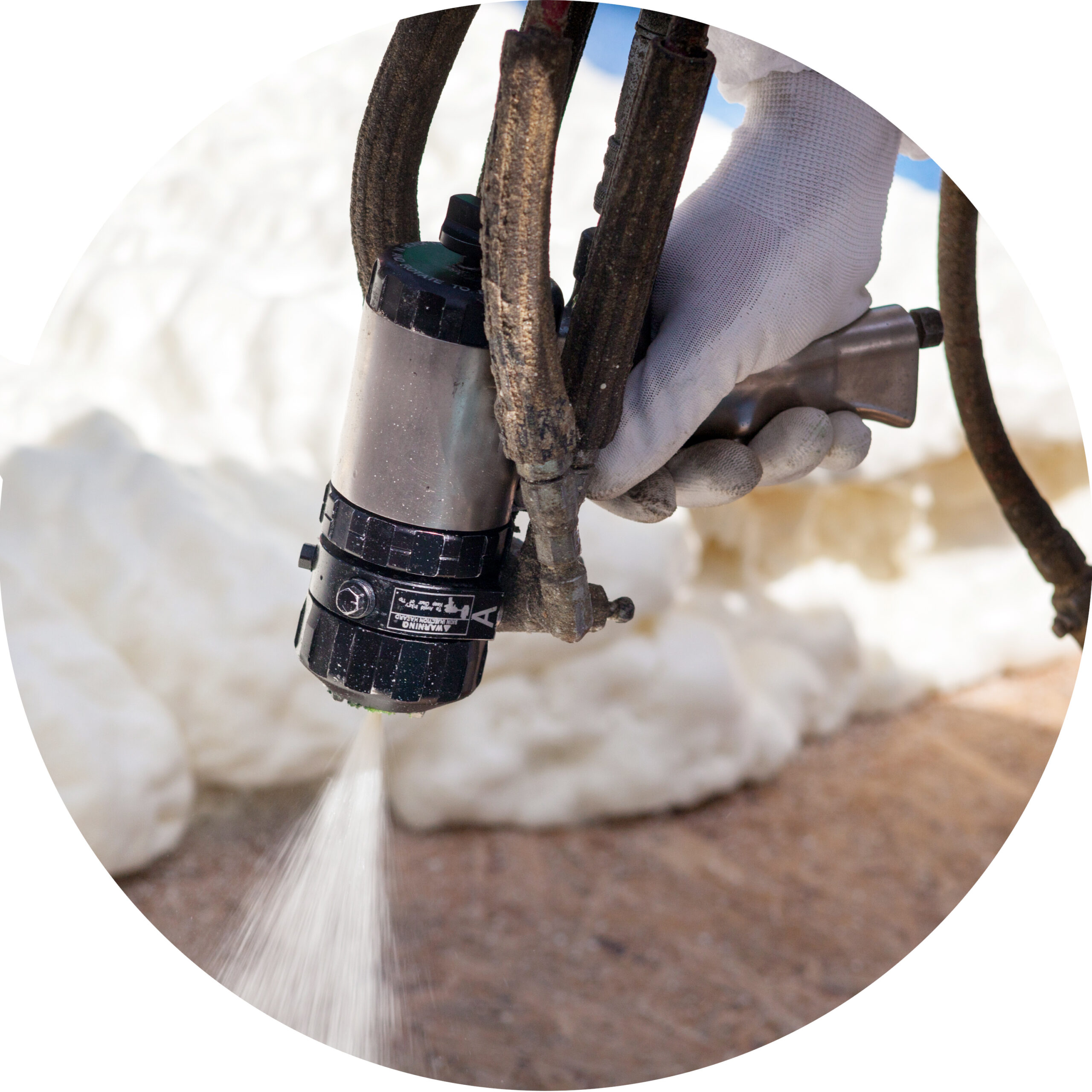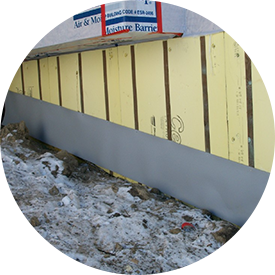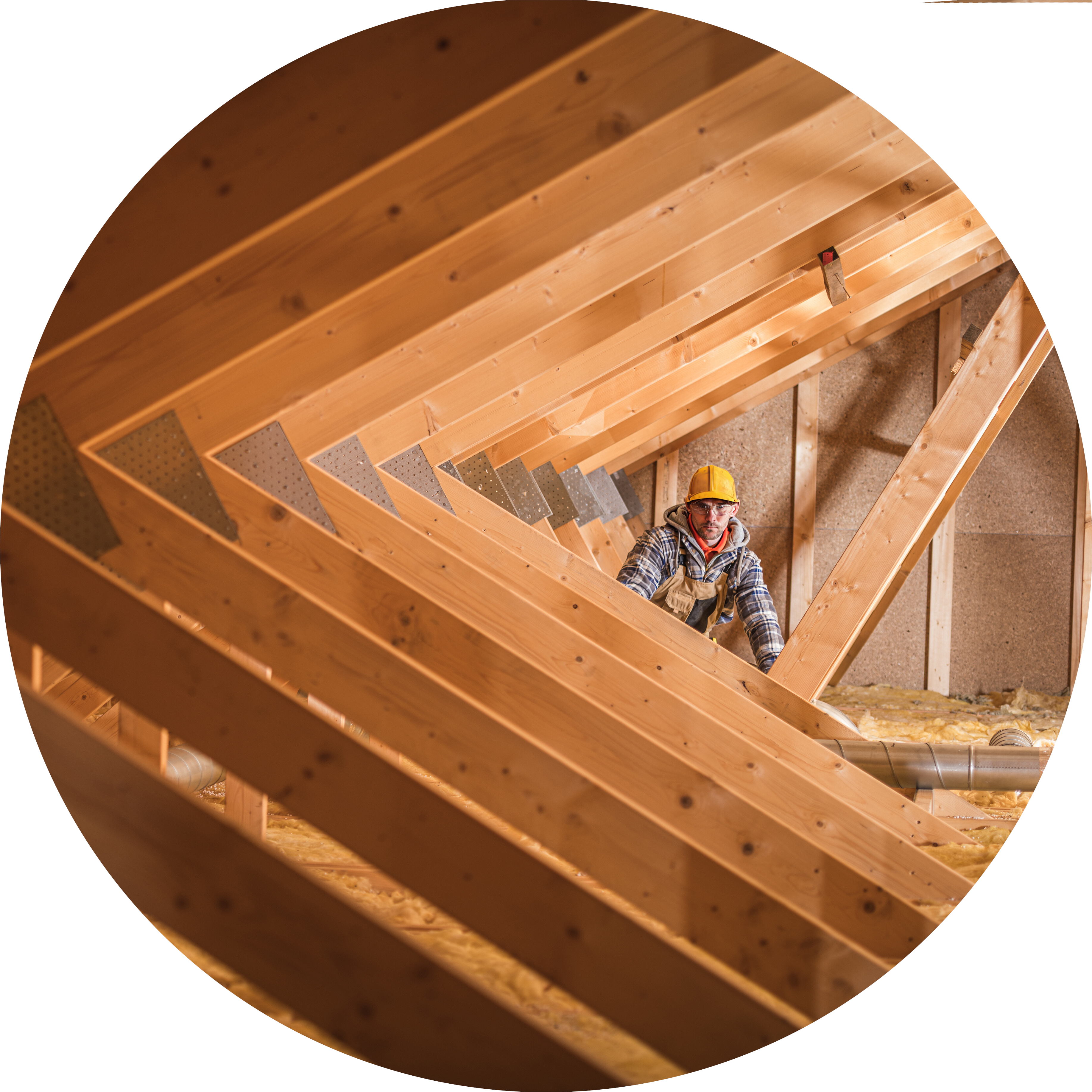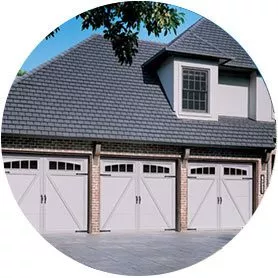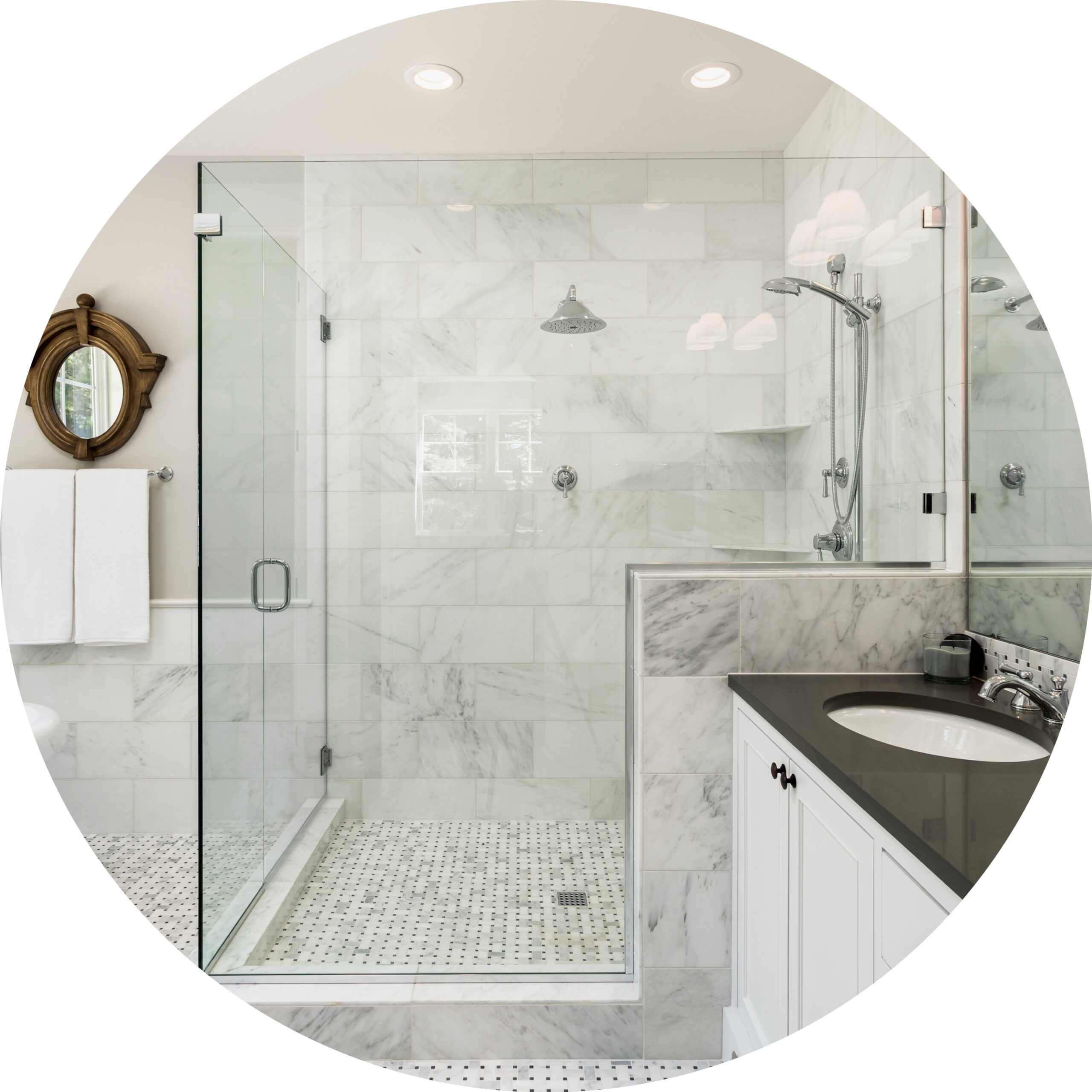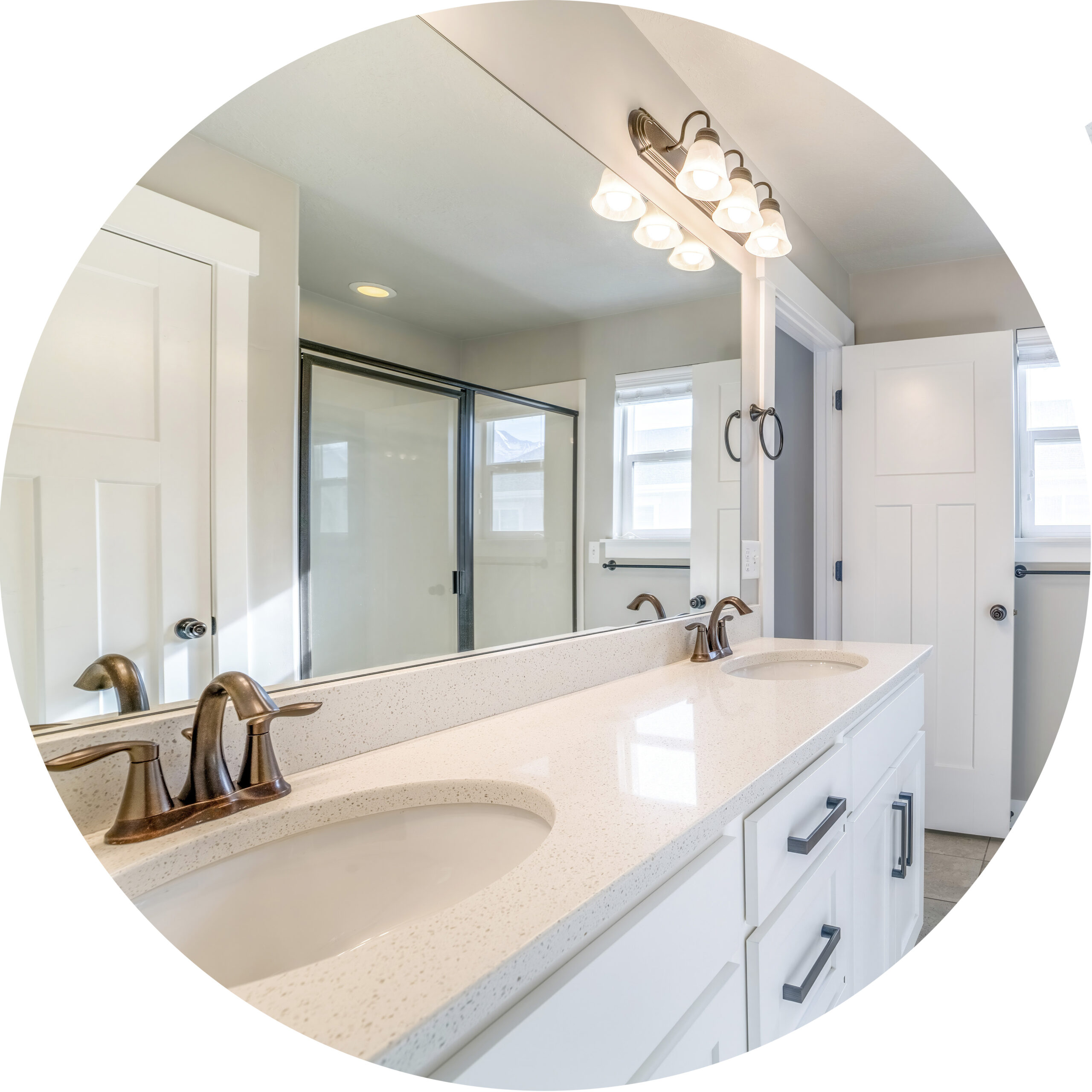Everyone wants to save money on home heating and cooling. One great way is to add attic insulation. It’s possible to insulate both finished and unfinished attics—no matter what state yours is in, it’s an important part of home insulation.
That said, the methods differ when it comes to finished vs. unfinished attic space. Make sure you complete the installation correctly for the best results.
Unfinished Attic Insulation
The goal with an unfinished attic is to seal it off from the main living space below. This means you should insulate between and over the floor joists. Don’t forget to also insulate the attic hatch. If ductwork is located in the attic, make sure to insulate it as well to reduce heat loss and gain while passing through this unfinished space.
To find out what level of insulation you currently have, open the attic hatch and take a peek. Obviously, a bare attic floor could benefit from insulation. Even if a little bit of insulation is present, it’s worth measuring the depth. Less than 11 inches of fiberglass/rock wool or 8 inches of cellulose doesn’t achieve the minimum R-value of R-30 and falls far short of the recommended R-49 for Minnesota’s cold climate.
Before insulating, seal attic floor penetrations to close off any air leaks. Then add enough loose-fill or batt insulation to cover the floor joists. It’s acceptable to combine different types of insulation as long as you use un-faced batts and rolls.
Keep in mind that insulation contractors will be able to help you with your project! We don’t recommend DIY installation.
Finished Attic Insulation
Homes with finished attics typically use this square footage as a bedroom or other living space. This means you insulation is installed between the ceiling rafters and studs of exterior walls. The finished attic floor can be uninsulated so it remains connected to the rest of the living space.
A finished attic is insulated in one of three ways:
- Remove the drywall or paneling covering the ceilings and walls. Install fiberglass blankets between the rafters and wall studs, and install new drywall or paneling.
- Drill holes between studs and rafters and blow in insulation without taking down walls.
- Add insulation from the outside at the same time as replacing your roof.
When you need help insulating the attic in your Minneapolis or St. Paul area home, contact Metro Home Insulation today!

